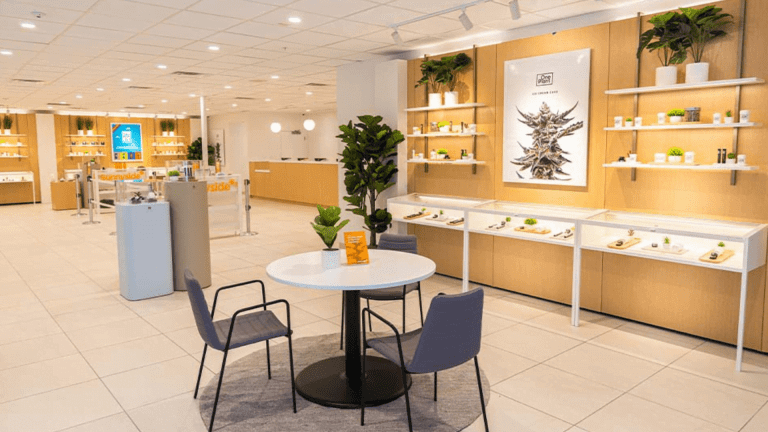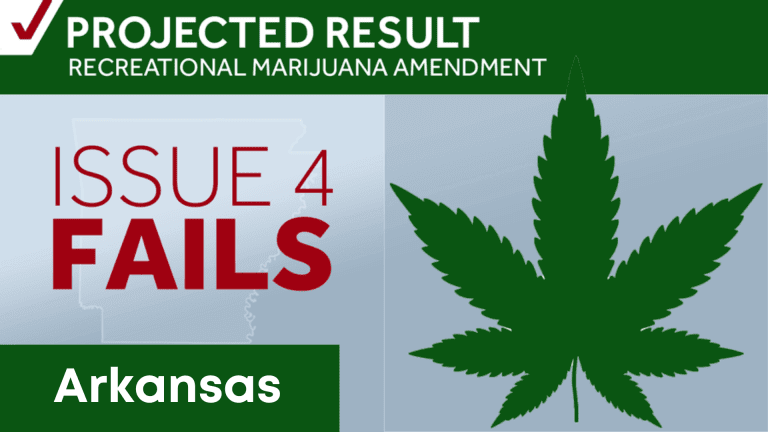Cannabis, with its growing popularity and expanding legalization, has seen a surge in interest, not only for its recreational use but also for its potential therapeutic benefits. Many parts of the cannabis plant, particularly the flowers and buds, contain compounds known as cannabinoids, notably THC (tetrahydrocannabinol), which is responsible for the psychoactive effects associated with cannabis consumption. However, when it comes to cannabis leaves, the question arises: Will eating cannabis leaves get you high?
Understanding Cannabis Leaves
Cannabis leaves, often overshadowed by the more potent flowers and buds, do contain cannabinoids, albeit in significantly lower concentrations than the flowering parts of the plant. The leaves contain both THC and CBD (cannabidiol), among other cannabinoids. However, the levels of THC in cannabis leaves are much lower compared to the flowers.
The Role of THC
THC is the primary psychoactive compound in cannabis. It interacts with the endocannabinoid system in the human body, specifically with CB1 receptors in the brain and central nervous system, leading to the characteristic “high” associated with cannabis consumption. While THC is present in cannabis leaves, it is found in quantities that are unlikely to induce a significant psychoactive effect when consumed on their own.
Consuming Cannabis Leaves
Eating raw cannabis leaves is not a common practice among cannabis users. This is because the THC in raw cannabis is in its acidic form, THCA (tetrahydrocannabinolic acid), which is not psychoactive. THCA must undergo decarboxylation, a process involving heat, to convert into THC and become psychoactive. Simply consuming raw cannabis leaves, whether in a salad or smoothie, is unlikely to produce the intoxicating effects associated with smoking or vaping cannabis.
Potential Health Benefits
While consuming raw cannabis leaves may not result in a high, they still offer potential health benefits. Cannabis leaves contain a range of cannabinoids and other compounds that have shown promise in providing therapeutic effects. CBD, for example, is known for its potential anti-inflammatory and analgesic properties and is present in cannabis leaves in varying amounts. Some individuals choose to juice or blend raw cannabis leaves to harness these potential health benefits without experiencing the high associated with THC.
Eating cannabis leaves, whether raw or cooked, is unlikely to get you high in the same way that consuming the flowers or buds of the cannabis plant would. The levels of THC in cannabis leaves are relatively low, and the compound is in its non-psychoactive form. However, cannabis leaves may still offer potential health benefits due to their cannabinoid content, particularly CBD. As with any cannabis product, it’s essential to be aware of the legal regulations in your area and exercise caution when experimenting with cannabis leaves for health purposes.
Ultimately, while you won’t experience a traditional cannabis high from eating cannabis leaves, there may be other valuable effects to explore, making them an intriguing aspect of the broader cannabis plant’s potential.







